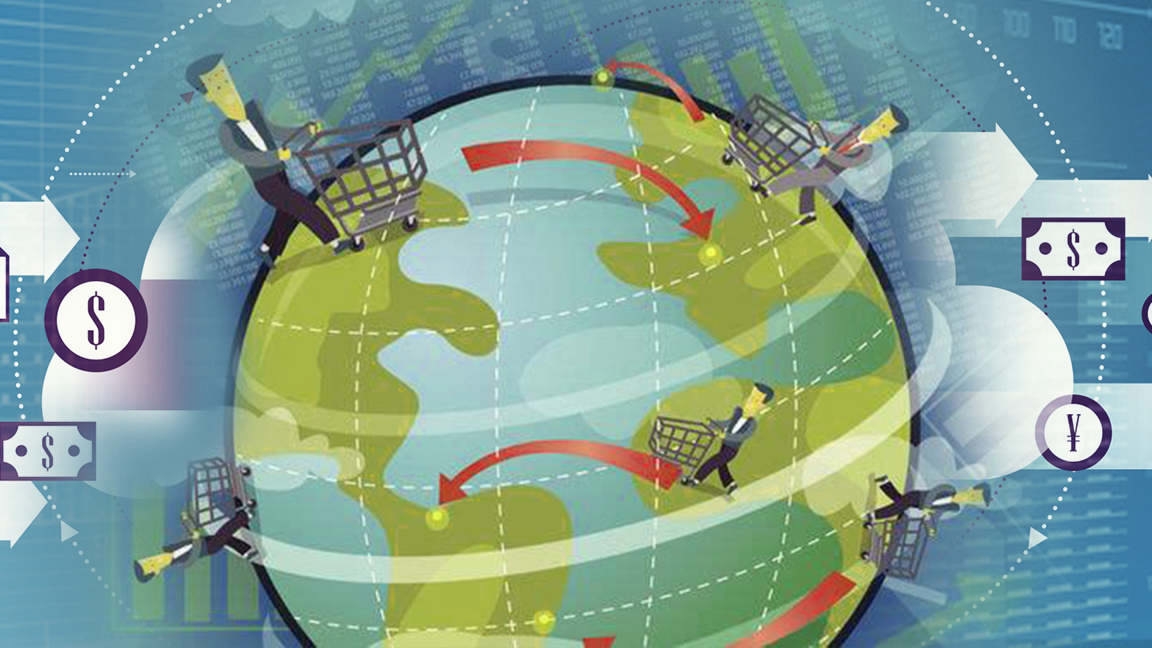By CGTN's Wang Yue
Chinese companies have been keen to snap up assets overseas. China's non-financial outbound direct investment (ODI) increased 44.1 percent year on year to 170.11 billion US dollars in 2016, the Ministry of Commerce (MOC) said recently. However, China’s ODI is always accompanied by various snags and negative stereotypes. Experts say China’s ODI needs high stakeholders’ engagements and appropriate targets, but may be not yet time to find a “doctor”.
Realities behind China’s ODI stereotype
Chinese buyers are always thought of as mysterious, government-backed and deep-pocketed. But David Cogman, Partner at international consulting giant McKinsey, thinks most stereotypes of Chinese buyers are far from the truth.
Based on Cogman’s experience, private companies, which are new players in China’s overseas M&A (mergers & acquisitions) market, don’t take much commercial direction from the government, while state-owned companies have already begun to deal with ODI cases independently.
“The belief in government-backed SOEs is a throwback to the days when most ODI was state-driven.” Cogman said.
For the stereotype of “wealthy Chinese”, Cogman said that Chinese companies paid the same or lower premium prices than general market prices in manufacturing and tech deals.

CFP Photo
But for infrastructure and power deals, Tom Luckock, Partner at global law firm Norton Rose Fulbright, has seen higher premium prices from Chinese companies, in order to “get in the game”.
“The Chinese investors probably have never had dealings in that area, and they are unfamiliar with the documents. There is high acquisition risk. You can compete in prices, or compete in acquisition risk. If your acquisition risk is higher, your price has to come up,” Luckock explained.
Factors influencing China’s overseas M&A
China’s overseas M&A reached 221 billion US dollars in 2016. Notable deals included China National Chemical Corp. successfully bidding 43 billion US dollars for Swiss seeds and pesticides group Syngenta. Additionally, Chinese appliance maker Midea acquired the majority shareholding of German robot maker Kuka in order to lift its presence in the robotics industry.
Despite rapid growth, Chinese companies face risks due to uncertainties in other countries' economic policies and restrictions by some developed countries on investment from China, said MOC spokesperson Sun Jiwen at a press briefing.
Cogman highlighted anti-trust and foreign investment approvals, and stressed the importance of improving stakeholders’ engagement.

CFP Photo
Tang Ya, associate professor from Peking University's Guanghua School of Management, said that an appropriate target is also a key factor, learning from a case in which Chinese conglomerate Wanda Group purchased 100 percent of US studio Legendary Entertainment.
However, despite obvious room for improvement, Luckock noted that alarm bells don't need to ring just yet for overseas M&A in China.
“There is not necessarily a problem. We love to hear bad stories, but we don’t hear about the good stories. I think lots of really good deals have been done. SOEs have concluded lots of very successful deals,” Luckock said.









